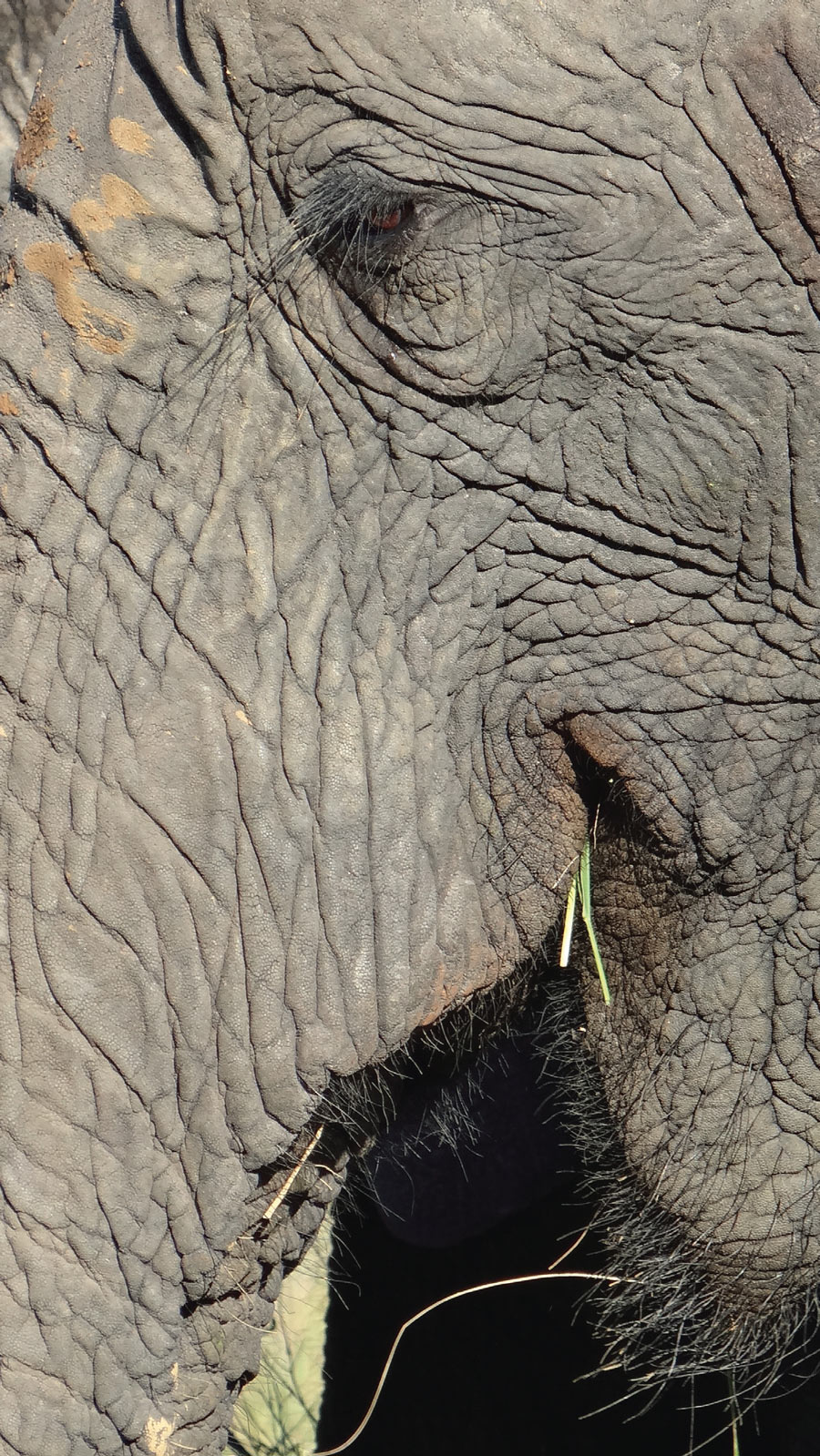In addition to the devastating impact of poaching and wildlife trafficking, there are several other threats to the survival and well-being of Africa’s wildlife. The CWM strives to better understand why changes in wildlife populations are occurring, through research focusing on a range of species, from small mammals to Africa’s iconic animals such as elephants and African wild dogs. Much of the research is also aimed at better understanding wildlife-habitat interactions, vegetation and interactions between people and the environment.
The research of Michael Somers, Director of the CWM and Associate Professor in the Department of Animal and Wildlife Sciences, is focused on the management and conservation of carnivores. His main focus is on investigating their behaviour, and how this changes with ecological change and increased human pressure. The research has been done with the use of technologies such as radio or satellite tracking and camera traps.
Professor Somers has had several postgraduate students who have done groundbreaking work. Research conducted in Mozambique, for example, has shown that the presence of poachers alters the natural occupancy of a number of species. The fear of humans in the natural landscape seems to override the fear of other predatory species, and the instinct to be close to food sources. Some research, especially the work undertaken in Botswana by a postdoctoral fellow, Dr Florien Weise, has involved local communities in exploring ways of reducing the negative impact of carnivores on people and vice versa. It is anticipated that the outcomes of this study will be adapted and transferred to similar areas once completed.
A recent project has involved collating extensive information, dating back to the 1960s, on the reassembly of the Large Predator Guild in the Hluhluwe-iMfolozi Park in KwaZulu-Natal. This project was accomplished with the assistance of wildlife managers and scientists from around the world, and will be published by Cambridge University Press. The data show the intricate interactions between the many carnivore species and their prey within the Park over time. One of the significant findings was that management in the form of culling or the reintroduction of species has had unforeseen consequences for non-target species, which can take decades to recover, and sometimes never recover. For instance, the brown hyena used to be plentiful in the Park in the 1960s but is now extinct in that locality.
 Photo by Dr Yolanda Pretorius
Photo by Dr Yolanda Pretorius